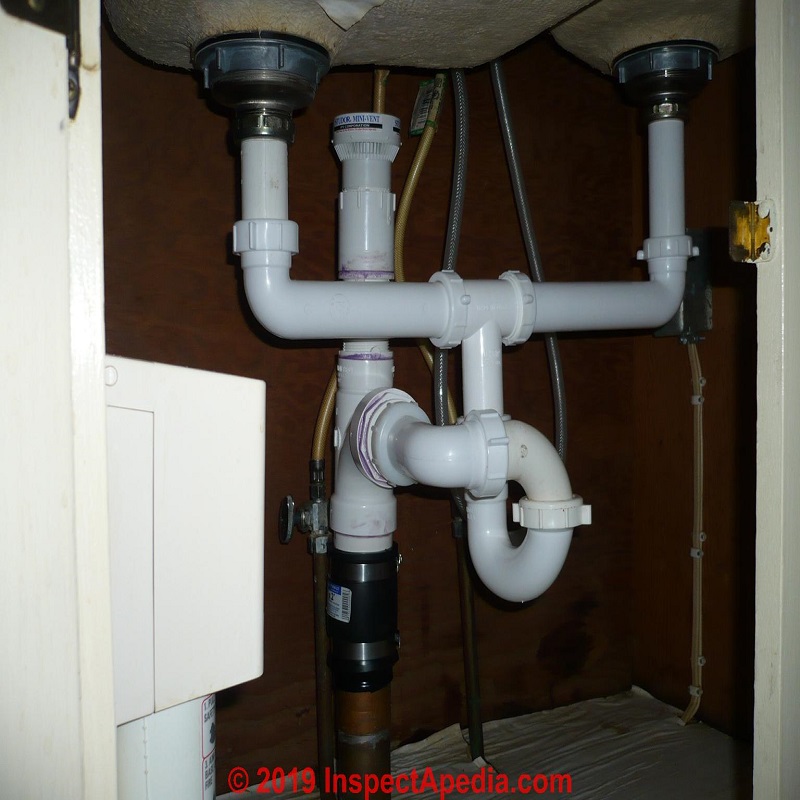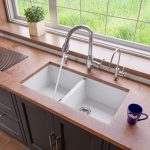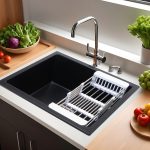When it comes to home plumbing, understanding the role of ventilation is essential for maintaining a functional and efficient kitchen sink system. This article will delve into whether kitchen sinks need a vent, the purpose of venting, and the implications for both installation and functionality.
What Is a Plumbing Vent?
Definition and Function
A plumbing vent, often referred to as a vent stack or vent pipe, is an essential component of a plumbing system. Its primary function is to allow air to enter the plumbing system, which helps maintain neutral air pressure. This balance is crucial for allowing wastewater to flow smoothly down the drains without creating a vacuum that could hinder drainage. In a kitchen sink, proper ventilation prevents gurgling sounds and ensures that water flows freely without delays.
Importance of Venting
The importance of venting extends beyond mere aesthetics. Without a proper venting system, you may encounter several issues, such as slow drainage, unpleasant odors, and potential sewer gas infiltration. These problems can not only disrupt your kitchen activities but also pose health risks. Venting helps to mitigate these concerns by ensuring that air can circulate throughout the plumbing system, allowing wastewater to flow efficiently.
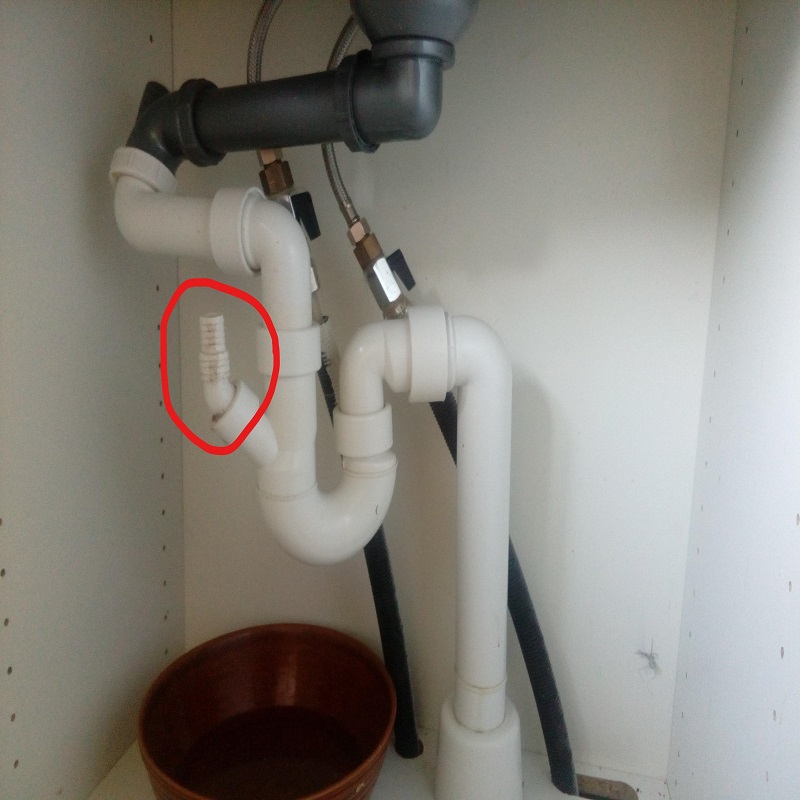
Why Do Kitchen Sinks Need Venting?
Enhancing Drainage Efficiency
One of the primary reasons kitchen sinks require venting is to enhance drainage efficiency. When you use your sink, the water flows down the drain, displacing air. If there is no vent, a vacuum can form, causing water to drain slowly or even clog the system. Venting allows air to replace the water that’s been displaced, ensuring a steady flow and preventing blockages.
Preventing Odors and Gas Buildup
Another critical function of venting is to prevent odors and gas buildup. Wastewater contains organic matter that can produce foul smells. Without a vent, these gases can escape through the sink, leading to an unpleasant kitchen environment. Additionally, sewer gases, which can be hazardous to health, might seep into your home. Proper ventilation allows these gases to be expelled safely through the roof of your home, protecting both your kitchen and your health.
Types of Plumbing Vents
Air Admittance Valves
Air admittance valves (AAVs) are a modern alternative to traditional venting systems. These valves allow air to enter the plumbing system but close when wastewater is flowing, preventing odors from escaping. AAVs are particularly useful in kitchens where installing a vent stack may be impractical due to space constraints or building codes. While they are effective, it’s essential to check local plumbing codes to ensure they are permitted in your area.
Traditional Vent Stacks
Traditional vent stacks run vertically through the roof of a home. They are typically installed during the initial construction or major renovations. These vents are highly effective at expelling odors and maintaining air pressure in the plumbing system. However, they require proper installation and alignment with the building’s overall plumbing design to function effectively.
How Venting Works in Kitchen Sinks
The Process of Drainage
When you drain water from your kitchen sink, it creates a flow of wastewater that travels down the drainpipe. Venting plays a crucial role in this process by ensuring that air can replace the water that is being expelled. This balance of air and water pressure allows for smooth drainage and prevents backflow or blockages.
The Role of Gravity and Pressure
The principles of gravity and pressure are fundamental to understanding how venting works. Gravity pulls the wastewater down through the pipes, while the venting system maintains neutral air pressure. When the pressure is balanced, water flows freely. If the pressure is not balanced, you may experience slow drainage or air bubbles forming in the sink, resulting in gurgling sounds.
Common Venting Issues and Solutions
Clogs and Blockages
One of the most common issues related to venting is clogs and blockages in the vent pipe itself. If the vent becomes obstructed by debris, leaves, or even animal nests, it can cause drainage problems. Regular inspection and maintenance of your venting system can help identify and resolve these issues before they become significant problems.
Gurgling Sounds
Gurgling sounds from your kitchen sink can indicate that your venting system is not functioning correctly. This noise often occurs when air is being sucked back into the drain, signaling a vacuum effect. To troubleshoot, check for clogs in the vent pipe or consider whether the venting design is adequate for your kitchen sink setup.
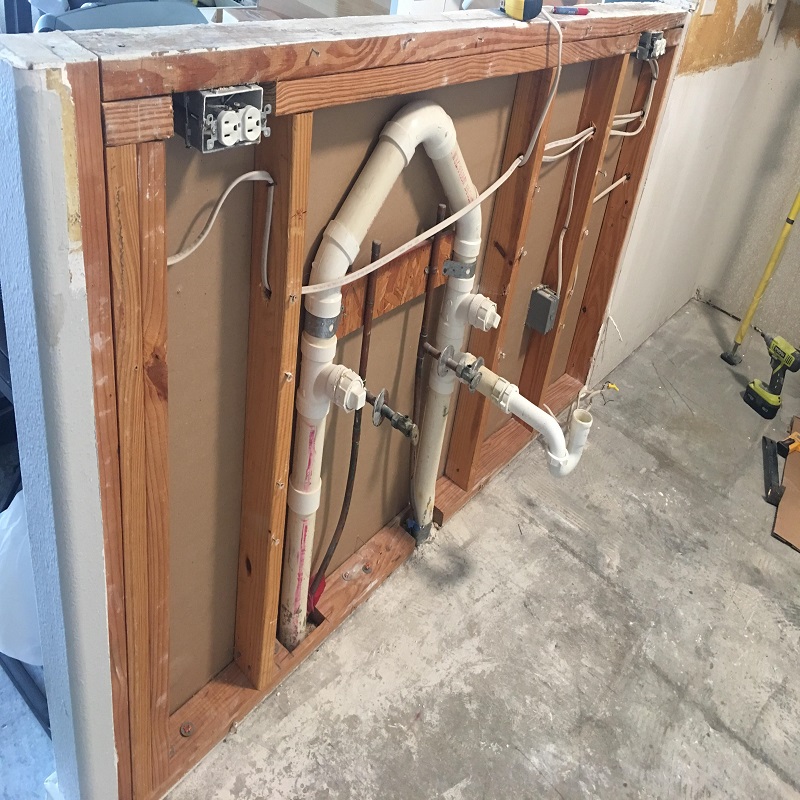
How to Install a Kitchen Sink Vent
Planning the Installation
Installing a kitchen sink vent requires careful planning to ensure compliance with local plumbing codes and efficient functionality. Before you begin, assess the layout of your plumbing system and determine the best location for the vent. This may involve consulting with a licensed plumber to ensure that your installation meets all necessary regulations.
Step-by-Step Installation Process
Once you have planned the installation, follow a step-by-step process. Begin by measuring the distance from the sink drain to the vent pipe location. Cut the appropriate pipes and fittings, ensuring they fit snugly. Secure the vent pipe to the wall or ceiling using brackets, and connect it to the sink drain. Finally, ensure that the vent extends through the roof or is connected to an AAV as per local regulations.
Maintenance Tips for Kitchen Sink Vents
Regular Inspection
Regular inspections of your kitchen sink vent can help identify potential issues early. Look for signs of wear, damage, or blockages. Inspect both the vent pipe and any valves for functionality. If you notice any problems, address them immediately to prevent larger issues down the line.
Cleaning the Vent System
Cleaning your vent system is essential for maintaining optimal performance. Over time, debris can accumulate in the vent pipe, leading to clogs and reduced efficiency. Periodically clear the vent by using a plumbing snake or a high-pressure hose to remove any buildup. This maintenance will help ensure that your kitchen sink continues to drain effectively.
Local Plumbing Codes and Regulations
Importance of Compliance
When it comes to venting kitchen sinks, compliance with local plumbing codes is crucial. These codes are designed to ensure safety and functionality in plumbing systems. Failing to adhere to these regulations can result in costly fines and, more importantly, unsafe conditions in your home.
Researching Local Codes
Before installing a vent system, research your local plumbing codes to determine the specific requirements for your area. This may involve consulting with a local plumbing inspector or referring to city or county regulations. Understanding these codes will help you ensure that your installation is compliant and safe.
Exploring Alternative Venting Solutions
Utilizing Existing Vent Systems
In some cases, homeowners can connect their venting kitchen sink vent to existing vent systems, simplifying installation and ensuring compliance with codes. This approach can save time and resources while maintaining effective ventilation.
Innovative Solutions for Compact Spaces
For kitchens with limited space, innovative venting solutions like compact AAVs can provide a practical alternative. These valves take up less room while still offering the necessary air intake, making them ideal for small kitchen configurations.
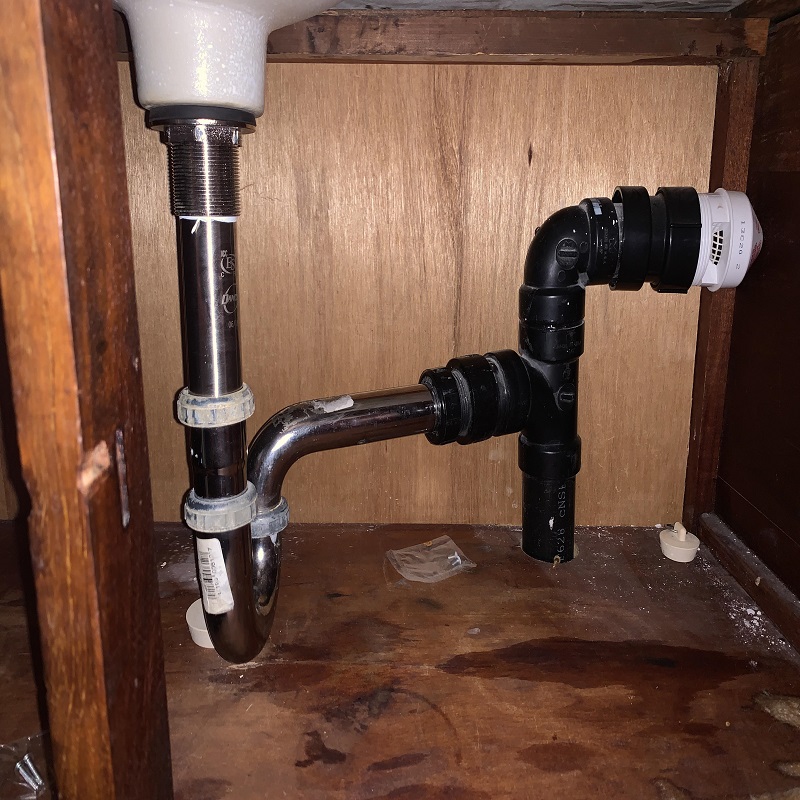
Conclusion: The Importance of Venting in Kitchen Sinks
In summary, kitchen sinks do require proper venting to function efficiently. Venting plays a vital role in enhancing drainage, preventing odors, and ensuring the overall health of your plumbing system. Whether you choose to install a traditional vent stack or an air admittance valve, understanding the principles of plumbing venting will empower you to make informed decisions for your home. By maintaining your venting system and adhering to local codes, you can enjoy a functional and odor-free kitchen sink for years to come.
